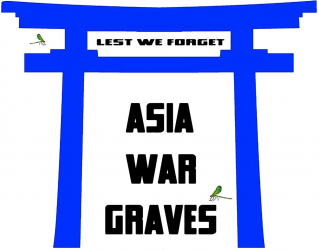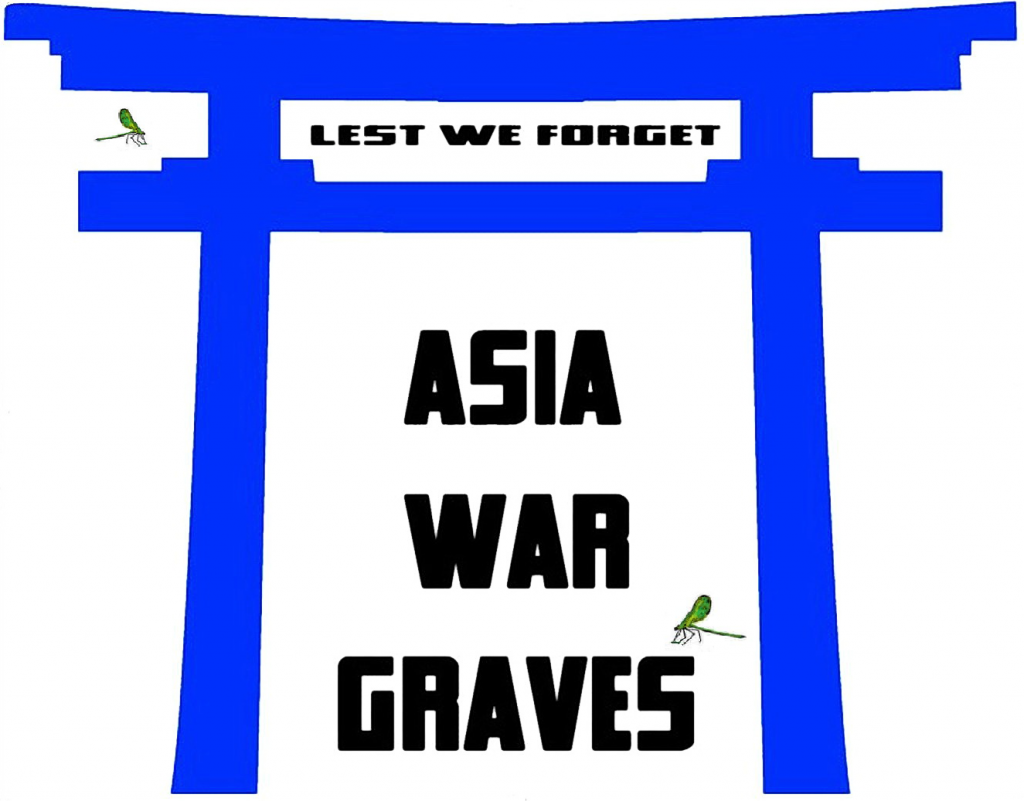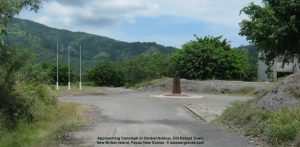LOGO parameters for ASIAWARGRAVES are based on the following observations:
Paifang/Pailou: Memorial arch or gateway, constructed of heavy wood, stone and brick. Seen in all Asian countries – usually at entrances to cities, towns, villages, public parks, cemeteries and Chinatowns. Denotes security and a pathway leading to knowledge and hospitality.
Colour Blue: Representing water, sky and the heavens.
Lest We Forget: A term used by Rudyard Kipling in his poem titled ‘Recessional.’ His son – Lt John Kipling (aged 18) – was killed at the Battle Of Loos in September 1915. First verse of ‘Recessional’ as follows:
God of our fathers, known of old,
Lord of our far-flung battle line,
Beneath whose awful hand we hold
Dominion over palm and pine—
Lord God of Hosts, be with us yet,
Lest we forget—lest we forget!
https://en.wikipedia.org/wiki/Recessional_(poem)
Rudyard Kipling was also responsible for selecting the following terms;
”Their Name Liveth For Evermore” …taken from the Bible.
”A Soldier Of The Great War”
”Known Unto God”
The last 2 are usually engraved on the headstones of UNKNOWN soldiers.
Asia War Graves (asiawargraves): A title selected to indicate images of graves and memorials recorded in countries located within continent known as Asia.
Dragonflies (Anisoptera): Of all the insects, animals and birds to greet me within these cemeteries, it is the Dragonfly whose presence I remember the most! Whether resting on metal-faced pedestal markers, catching the Sun atop stone crosses, walking across names inscribed on various monuments and, on endless occasions, landing on my hands/camera body, it always manages to provide wonderful displays of boundless energy, colour, joy and ultimately, memories. And all this from a creature with a life-span measured in months or a few short years. Indeed, a powerful metaphor when one compares it to those interred/commemorated inside these very cemeteries. I have used 2 Dragonflies to represent friendship, trust and team-work – all necessary prerequisites in any military organisation.
Font: Solid (physical), Bold (fearless and brave), Strong (unyielding).
Colour Black (text) on White (background): Representing death-life, endings-beginnings, ultimately leading to infinity and, thus, immortality.
It is the Soldier, not the reporter,
Who has given us freedom of the press.
It is the Soldier, not the poet,
Who has given us freedom of speech.
It is the Soldier, not the campus organizer,
Who has given us the freedom to demonstrate.
It is the Soldier, not the lawyer,
Who has given us the right to a fair trial.
It is the Soldier who salutes the flag,
Who serves beneath the flag,
And whose coffin is draped by the flag,
Who allows the protester to burn the flag.
This poem was related to me by an American Veteran (Vietnam) whom I met at Capas (Philippines) and each time I read it,
I’m reminded of today’s modern soldiers – and what ‘society’ demands of them. I believe it was written by a Mr. Charles Province.
LEST WE FORGET



